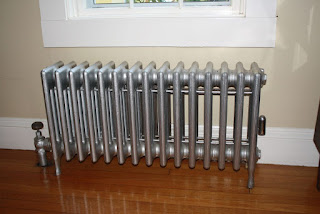2 Way and 3 Way Motorized Valves for Heating Applications

When properly used, motorized valves present an elegant solution to the problems of controlling water or steam into a heating distribution system. Some common examples of these systems include: Steam Heating Distribution – In these applications, a motorized two-way valve can control the flow of steam from the boiler or other sources into a steam distribution system. An example of this would be using steam to heat radiators in a one or two pipe steam heated building under control of something like our MPC platinum series control. Steam to Hot Water Heat-Exchanger – By controlling the amount of steam entering a heat exchanger, a 2-way valve can maintain the hot water output temperature at the perfect temperature for delivery into the heated area of the building. If heating load should suddenly change, these valves are automatically adjusted by something like our HWR Platinum Control to respond. Vacuum Heating Systems – Two-way valves can modulate the flow of sub-at

